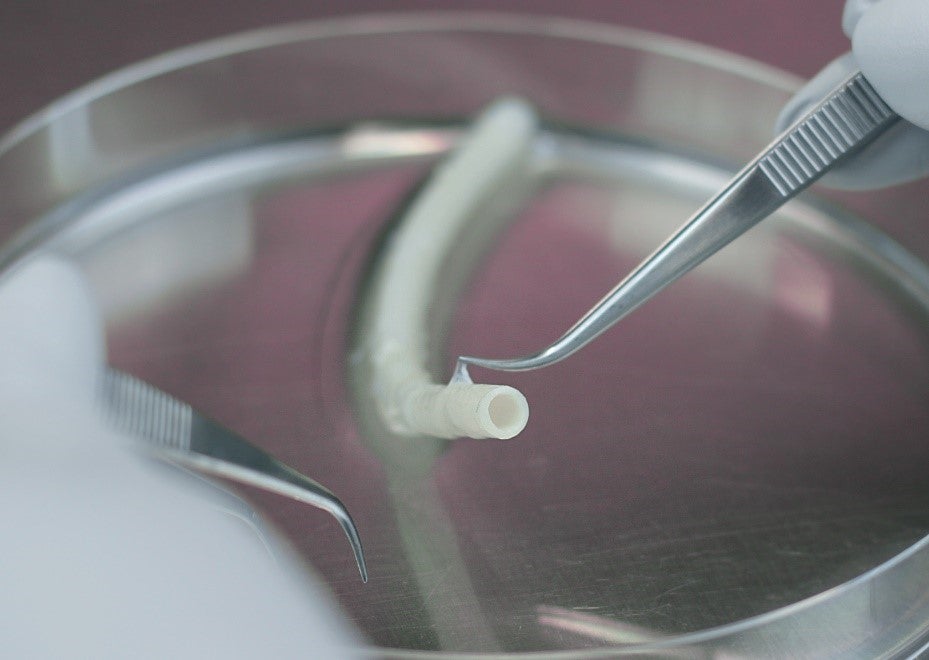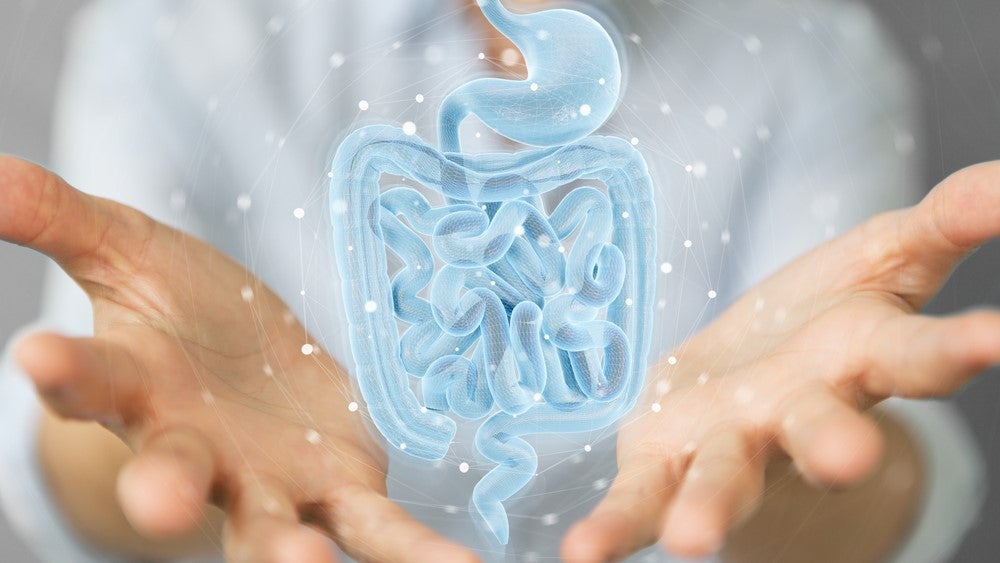
A team of investigators at the Medical University of South Carolina (MUSC) has found that a family of microRNAs (miRs), known as miR-17-92, is responsible for the T- and B-cell pathogenicity that causes graft-versus-host disease (GVHD).
The research was led by professor of microbiology and immunology Dr Xue-Zhong Yu, and was conducted in collaboration with researchers at the University of Minnesota. Findings were pre-published online in Blood on 12 March 2018.
GVHD occurs when donated blood stem cells or bone marrow perceive the recipient’s body as foreign, causing them to attack the host. It is a significant cause of mortality in allogeneic bone marrow transplants (BMT), a crucial procedure for patients with blood cancers such as leukaemia.
Patients who undergo chemotherapy and radiation may retain a small number of cancerous cells in the bloodstream, giving the malignancy an opportunity to recur. The best option for preventing relapse is replacing host bone marrow, but finding a perfect biological match is not always possible.
Poorly-matched patients run a higher risk of developing GVHD, which involves the migration of donor-derived T cells into GVHD target organs. In such instances, donor cells catalyse an immune response that causes healthy tissue to be attacked. Researchers have been working for years to improve the success rates of BMT and reduce instances of GVHD without impairing the anti-tumour response of the donor.
There are two forms of GVHD: acute and chronic (aGVHD and cGVHD respectively).
How well do you really know your competitors?
Access the most comprehensive Company Profiles on the market, powered by GlobalData. Save hours of research. Gain competitive edge.

Thank you!
Your download email will arrive shortly
Not ready to buy yet? Download a free sample
We are confident about the unique quality of our Company Profiles. However, we want you to make the most beneficial decision for your business, so we offer a free sample that you can download by submitting the below form
By GlobalData“They are very different diseases,” lead author of the article Dr Yongxia Wu said. “Our ability to prevent or treat aGVHD has considerably improved, but the incidence of cGVHD continues to increase.
“Chronic GVHD has a different pathophysiology and different target organs than aGVHD. It’s been a big challenge to try to find a target for cGVHD therapies, because of the more complex immune reaction in cGVHD and the fact that its cellular and molecular mechanisms are not as well understood.”
Symptoms of cGVHD include autoimmune-like, fibrotic changes in a number of organs such as the skin (causing scleroderma), the lungs (causing bronchiolitis obliterans), and fibrosis of the salivary glands, liver and gut. Between 30% and 70% of patients who receive allogeneic BMT develop cGVHD, making the development of effective therapies a pressing necessity.
The MUSC research team previously found that miR-17-92 plays a crucial role in regulating CD4 T-cell proliferation and Th1 and Treg differentiation in aGVHD. Their investigation into miR-17-92 regulation of T- and B-cell differentiation and function in cGVHD followed the initial findings.
“We decided to extend our aGVHD study to cGVHD. But there’s no single, well-defined murine model that can reflect all of the clinical manifestations seen in cGVHD patients,” Wu said. “Different patients experience different symptoms because cGVHD can be manifested in many organs – some patients have skin symptoms, some have lung symptoms – it varies. So we decided to study four different cGVHD models to best understand how miR-17-92 contributes overall, across many clinical presentations.”
To discern the role of miR-17-92 in regulating T- and B-cell pathogenicity, the researchers conducted a series of experiments using mouse models of allogeneic BMT. These included models of scleroderma that had transitioned from aGVHD to cGVHD, classic cGVHD scleroderma, lung inflammation, and proteinuria – a condition similar to lupus.
The allogeneic BMT murine (rodent) models that received CD18-/- donor T cells demonstrated less GVHD morbidity and mortality than recipients of wild-type (WT) donor T cells. Analysis of alloreactivity showed that CD18-/- and WT T cells had comparable activation, expansion, and cytokine production in vivo. Reduced GVHD was associated with a significant decrease in donor T-cell infiltration of recipient intestine and with an overall decrease in pathologic scores in intestine and liver. The findings suggest that targeting beta2 integrin has the clinical potential to alleviate or prevent GVHD while sparing GVL activity.
Two clinical translation studies were also conducted examining the effect of pharmacologically inhibiting miR-17-92 on proteinuria and the scleroderma cGVHD model. Findings demonstrated the shared mechanisms by which miR-17-92 mediates cGVHD progression, involving the regulation of T helper-cell differentiation, B-cell activation, germinal centre responses, and autoantibody production. The studies also found that blocking miR-17 alleviated proteinuria and scleroderma symptoms.
“The mechanism for how miR-17-92 regulates T- and B-cells was very consistent. In other words, we did not find any big differences among the models,” said Wu.
“So, we not only found a new mechanism for cGVHD development by demonstrating that this miR-17-92 is heavily involved in the T- and B-cell responses that lead to cGVHD, but we also found that blocking miR-17 substantially reduced cGVHD symptoms in mice. That’s exciting because it provides strong evidence that this miR may be a good target for controlling cGVHD after allogeneic BMT.”
Despite being extensively studied, miR-17-92’s role in cGVHD development has never been previously defined. Due to cGVHD’s similar pathophysiology to some autoimmune diseases, it is anticipated that these findings could help develop new treatments and preventive therapies in other conditions.
“We are very excited to publish this work because we are hoping that a clinical research group will be inspired to take our study findings further in patients,” said Wu.
The MUSC researchers are looking to expand their current research by investigating how other miRs may be involved in the regulation of T- and B-cell function during allogeneic BMT.







